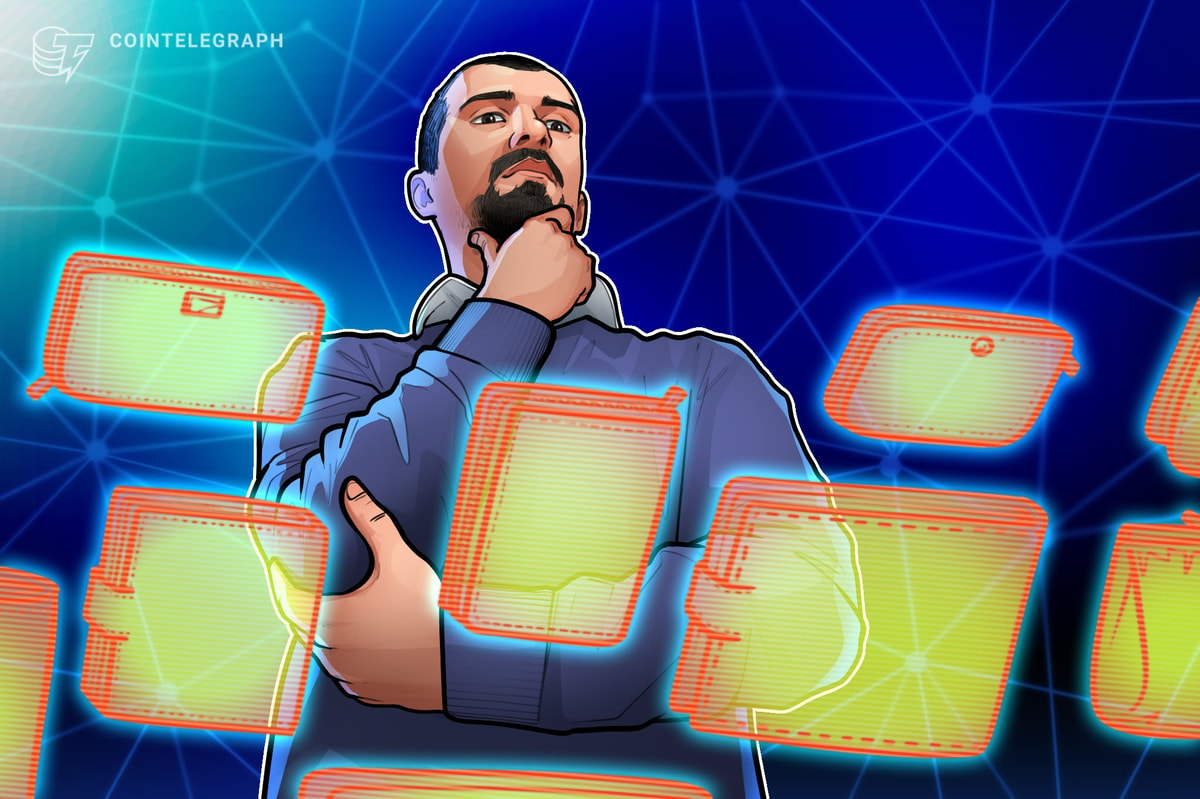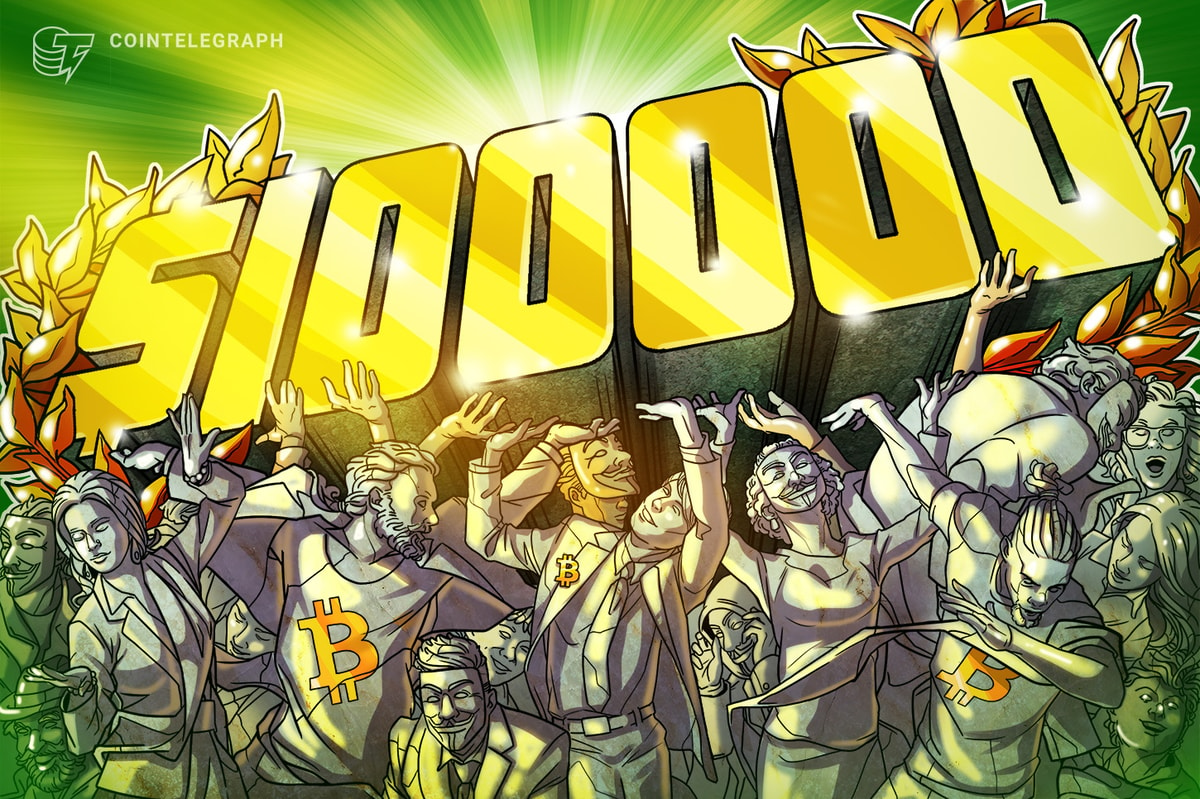Overview
Ordinal inscriptions caused a stir when they hit the news in March 2023, with some lamenting that a potential new hotbed for memecoins could result in network congestion. This has sparked fresh bitterness in the Bitcoin community. In this article, Cointelegraph Research summarizes the core principle behind Ordinals and assesses the risks they pose — as a collectible investment and for the long-term stability of the Bitcoin network.
Key Insights
- The Ordinals protocol assigns individual satoshis a permanent number. Ordinals can also have data attached to them, which makes them usable as NFT collectibles. Up until May 2023, 6.9 million Ordinal inscriptions have been made. Due to the high cost of inserting data on the Bitcoin blockchain, image inscriptions cost several hundred United States dollars during this peak period.
- BRC-20 tokens are an extension of the Ordinals protocol for fungible assets and are chiefly used for memecoins. However, as of May 2023, no such token has reached 10,000 holders, with the exception of Ordi. Meanwhile, Ordi, the coin with the highest market capitalization at $349 million, has less than one-fiftieth of the number of holders of Floki Inu, an ERC-20 memecoin with a similar market cap. Due to high barriers to onboarding, it is exceedingly unlikely that Ordinal-based assets will absorb a significant market share from ERC tokens.
- Ordinal inscriptions generate additional revenue for miners due to the higher competition for block space. However, in the long run, this may create new risks for Bitcoin’s network security due to an effect called consensus instability.
Concept
What are ordinals?
The protocol behind Bitcoin Ordinals is a recent invention put forth by developer Casey Rodarmor. The Ordinals protocol assigns traceable identities to single satoshis without making any changes to the code run by Bitcoin nodes. Rather, it prescribes a different way of interpreting what goes on on the Bitcoin blockchain.
UTXOs versus Accounts
Bitcoin (BTC) exists inside the blockchain database not as account balances like Ether (ETH) does on Ethereum but as so-called unspent transaction outputs (UTXOs). In a nutshell, a UTXO is the output of a previous transaction — e.g., the BTC sent to the receiver or the change received by the sender. It is always full UTXOs that have to be used as the input of a new transaction, never fractions of a UTXO. So, if a user holds a UTXO worth 0.4 BTC and wants to send someone 0.1 BTC, the entire 0.4 BTC UTXO will go into the transaction and a new UTXO worth 0.3 BTC will be returned to the sender as change. Because it is only entire UTXOs that can be manipulated through transactions, all sats inside a UTXO are completely indistinguishable; there is no way of referring to a specific one of them in a transaction or a script. Sats are a unit of account, not an entity referenced on the chain.
Numbering satoshis
The Ordinals protocol is a convention that allows users to interpret the UTXO database in a specific way. It applies the first in first out (FIFO) principle to the inputs and outputs of a transaction to determine which UTXOs where specific satoshis end up. Under this interpretation, individual satoshis can be traded like physical coins. We will not explain in detail how this works but proceed with an analogy.
Assume a person first receives $500 as a gift and then $500 in salary, resulting in an account balance of $1,000. If this person then spends $300 to buy a computer, all that happens from an accounting perspective is that the balance will be decreased to $700. Whether the $300 originated from the salary or from the gift is unknown — it’s not a meaningful question to ask in the first place. This is somewhat analogous to the situation on the Bitcoin base layer. However, if we stipulate that the money that goes into the account first is spent first (FIFO principle), we can easily identify that the gifted money was used to pay for the computer. If everyone stuck to this convention, every single dollar could be traced as if it were a physical coin as it travels through bank accounts. The same principle allows Ordinals to exist, only that the underlying logic is UTXO-based and not account-based.
Those who want to participate in Ordinal inscriptions require special wallets that grant more granular control over what satoshis to spend. If an Ordinals user connects to a normal Bitcoin wallet, valuable satoshis may accidentally be lost in a Bitcoin transaction.
Ordinal inscriptions
The numbering scheme is only half of the equation. Ordinals — i.e., individual satoshis created through the scheme are commonly tethered to on-chain data inscriptions. This can make them function as nonfungible token (NFT) collectibles on Bitcoin. The inscribed on-chain data can be an image file, a GIF or even a primitive game. The ownership of these inscriptions is transferred as the satoshis that link to them are transferred. Unlike most NFTs on Ethereum, the files are actually stored on the Bitcoin blockchain (more precisely, in the witness field) and not on an external server or a distributed file storage system.
Potential and risks
Ordinals as collectibles
Intuitively, the fact that Ordinal inscriptions are stored on-chain makes them more legitimate and valuable than normal NFT collectibles. However, unlike NFTs on Ethereum, there is no way to perform trustless swaps for other assets on-chain. Also, special Bitcoin wallets are required to correctly view the Ordinal inscriptions. Those who connect a regular wallet client run a high risk of accidentally losing their Ordinals by transferring them in a regular Bitcoin transaction. Depending on the size of the file and the load on the Bitcoin network, Ordinal inscriptions can also be prohibitively expensive. All these factors create a comparatively high barrier to onboarding new users. The chart below shows the fee distribution for Ordinal inscriptions as of May 2023.

Source: Dune Analytics
Assuming a fee of 30 sats per virtual Byte, inscribing a simple image of 100kB would cost 0.03 BTC in fees, more than $800 at current market prices. This means the market for Ordinals is small and elite compared to the NFT scene on Ethereum. Something similar can be said about the recent standard for fungible tokens built on top of Ordinals, called BRC-20. Even Ordi, the BRC-20 token with the highest market capitalization at the time of writing with $342 million, only has just over 10,000 holders at the time of writing. For comparison, Floki Inu (FLOKI), a memecoin with a similar market capitalization, has 392,000 holders on the BNB Smart Chain and 73,000 holders on Ethereum. This is due to the aforementioned lack of on-chain swaps for Ordinals.
If Ordinal inscriptions continue to persist despite these obstacles to adoption, they will likely be limited to the most prestigious NFT collections that have already been successful on other chains. It’s tempting to conclude that mainstream adoption of Ordinals is unlikely and that the current hype cycle will subside, much like it did for other Bitcoin-based representations, such as Coloured Coins, Counterparty or Omni.
Potential risks to the Bitcoin network
Although many have drawn comparisons to Counterparty and Omni, Ordinals differ from the kind of inscriptions that Bitcoin has historically been used to. They present some additional risks to the network, which has caused uncertainty and doubt in the community, and BTC investors, therefore, ought to be aware of them.
Ordinals creator Rodarmor exploited features introduced by Bitcoin’s 2021 Taproot upgrade to allow for inscriptions that are significantly bigger than the 80-byte limit that was put on OP_Return, the function previously used for NFT-like protocols, such as Counterparty and Omni. For Ordinals, the size of an inscription is only limited by the total block size of 4MB. This has significantly sped up the size increase of the Bitcoin blockchain, as can be seen in the chart below. In the long run, a significantly larger chain would make it harder to sync and run full nodes to be able to directly validate the integrity of the chain. This can increase the risks of certain types of attacks on the Bitcoin network.

More directly important to investors than the abstract risk of future attacks is the liquidity of BTC as an asset. Ordinal inscriptions and unusually high fees can impact the liquidity of BTC in several ways. Most notably, network congestion results in high fees and additional latency because transactions are stuck in the mempool for longer periods of time. As can be seen in the following chart, the size of the mempool shot through the roof during the Ordinals hype cycle in May 2023.

Another potential long-term consequence of expensive inscriptions is called consensus instability. Under normal conditions, where most of the mining revenues are generated from block rewards, there is little incentive for miners to contest a freshly mined block and attempt to work from an alternative, temporarily shorter chain. However, in the presence of blocks that yield abnormally high transaction fees, trying to win over these valuable blocks may be rational. This issue has been theoretically explored and is thought to increase confirmation times and the risk of double-spending attacks. In the worst case, it might lead to the complete breakdown of Bitcoin’s consensus mechanism. Currently, this is not a pressing issue because block rewards still dominate mining revenues. Only during the very peak of the latest Ordinals cycle did coinbase rewards make up less than 50% of mining revenues. This can be seen in Figure 4 below. However, increasing interest in Ordinal inscriptions or one or two further halvings could make the risks from consensus instability more substantive. It is important to keep in mind that a single double-spending event could significantly shake the confidence in BTC.

Conclusion
Investors should be cautious about investing in Ordinal-based tokens because barriers to onboarding new users are currently high. While Ordinal inscriptions may have value for select high-value collectibles, they are unlikely to absorb a significant market share from ERC tokens. BTC holders need to monitor the long-term risk inscriptions may create for Bitcoin’s network security.
This article is for information purposes only and represents neither investment advice nor an investment analysis or an invitation to buy or sell financial instruments. Specifically, the document does not serve as a substitute for individual investment or other advice.









